whatbrentsay
5/13
This post was originally created as an isloated web page. I gave up wrestling with the CSS while porting it into Gatsby, so some of the styles are missing and you may see some odd image behavior. You can find the original here.
My obsession with tech started early and never faded. Smartphones were the devices that drove my interest most, which makes sense considering their impact on the last decade of all of our lives. As one does with any obsession, I went way overboard. I was fortunate enough to own a handful of hot-at-the-time devices that helped lay the groundwork for the smartphone just about all of us have. Below is a timeline of those devices.
| image | release | name | description |
|---|---|---|---|

|
2004 | Sidekick 2 | A gateway drug for young technophiles that had exactly what it needed—a full qwerty keyboard, web browser, text messaging, a handful of web-based messaging apps, games, a camera, and so many other smaller features that weren't common at the time. Aside from the lack of a touch screen, the Sidekick 2 checked all the major boxes and put it in as good looking a package as they could. I'd be remiss to mention that incredibly flashy swiveling screen; it felt great to flip open every single time. |

|
2005 | HTC Wizard | The grown up Sidekick. The HTC Wizard (T-Mobile MDA) was my introduction to two major things: Windows Mobile and xda-developers. Combined, they meant one thing; I could customize and tweak my device—just like a computer—if I didn't like something about it. Additionally, Windows Mobile was a more robust platform than anything I’d used prior. While the apps were often clunky, they were there and that made the device feel more advanced than much of its competition. |

|
2007 | Palm Treo 755p | The Treo line of devices had been highly praised and consistently well reviewed by this point; they had remained on my radar but it wasn't until the 755p that I was ready to jump. The arrival of the iPhone exposed how bad the overall software user experience in smartphones actually were and Windows Mobile was the biggest, most obvious culprit. I looked elsewhere and Palm OS offered a simpler approach on top of a mature ecosystem that I was already familiar with. |
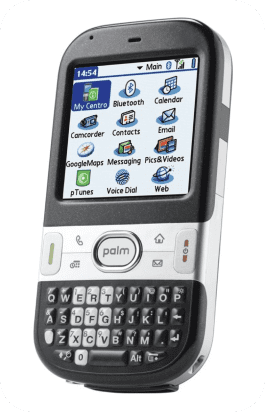
|
2007 | Palm Centro | I side-graded to the Centro as a curiosity when I needed to replace my faulty 755p. I would never have called a Treo sleek but the Centro was much closer than they were. Overall, the Centro experience was more or less the same for me. However, I did enjoy using it more than the Treo and Palm's app ecosystem grew nicely during this time as well. |
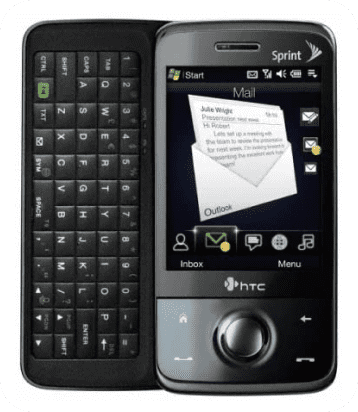
|
2008 | HTC Touch Pro | A sexier HTC Wizard running Windows Mobile 6.1 with a homegrown UI skin called TouchFlo 3D. It's easy to forget that HTC once dominated the smartphone market but devices like the Touch Pro were the reason why. It had everything and I spent so much time using the hardware and frequently swapping the software experience with the incredible variety of aftermarket options (once again via xda-developers.com). TouchFlo made it clear that touch first UIs were going to be a large part of the future. It was the combination of Windows Mobile's platform and apps and TouchFlo's UI that made me quickly forget my time with Palm OS. |
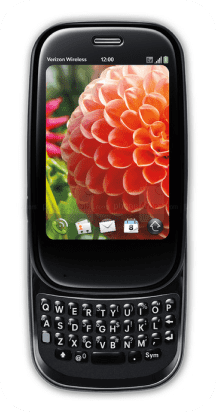
|
2009 | Palm Pre | The Palm Pre was a surprisingly innovative product from a company that was falling behind. It was absolutely a product of its time (looking at you slide out keyboard) but it’s the software that was the star. The cards based UI, gestures, and multitasking are all staples of Android and iOS now. Interacting with these concepts in 2009 was, simply put, a revelation. No other phone felt quite like it. While there were apps and an app store, there wasn't enough of them and the Pre's failure is a case study on the importance of bringing developers along. |

|
2009 | Motorola Droid | I had tried out the HTC Dream/T-Mobile G1 by this point but it wasn't until the Droid with Android 2.0 arrived that I felt the combination of hardware and software was worth the attention. The Droid remains one of my favorite smartphones of all time. It is, in my humble opinion, the greatest expression of the landscape slider phone. This phone was understandably a Big Deal, especially to those looking for an alternative to the increasingly dominant iPhone. |
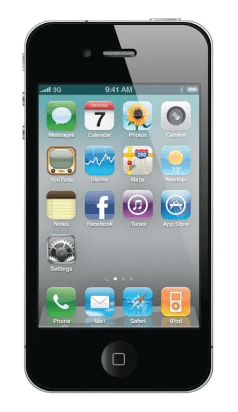
|
2011 | iPhone 4 | My first smartphone without a hardware keyboard. It was only a matter of time before an iPhone made it onto this list. How could I consider myself an enthusiast if I didn’t sample what Apple was offering? Is there anything novel left to say about the iPhone 4? It was an iconic piece of hardware that we're all familiar with. iOS was the best part of the device and its biggest flaw, depending on who you were as a user. Coming from Android it was jarring—so much so that my time with the iPhone 4 was spent deep in the jailbreak community, grasping for functionality Apple was unwilling to offer at the time. |
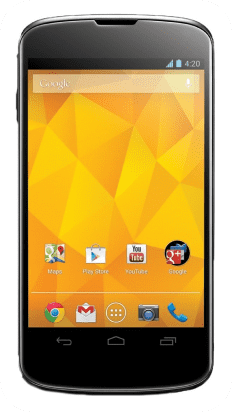
|
2012 | Nexus 4 | The Nexus 4 was a strong statement from Google. Android Jellybean was a big leap forward in terms of usability and design for the operating system. It still wasn't as intuitive as iOS but it closed so many gaps that it made the overall value proposition of Android much easier to see. On top of that, LG delivered a minimal hardware design with a that refreshingly unique back panel. I loved my Nexus 4 and once again settled into a long term relationship with xda-developers, tweaking the device until I couldn't anymore. |
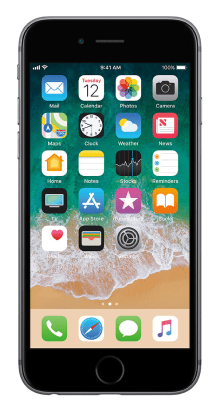
|
2014 | iPhone 6 | Buying the iPhone 6 was an admittance that what I wanted out of a smartphone had changed. I no longer wanted to spend time and energy trying out different software combinations to eek out my device's best performance. I bought the iPhone 6 to force me out of that world. It did just enough of what I wanted out of the box, had an unparalleled app ecosystem, excellent hardware, and a very good camera. On top of that, it integrated with the other Apple devices I owed at the time and would eventually own. It remains my longest daily driver smartphone and very rarely let me down. |
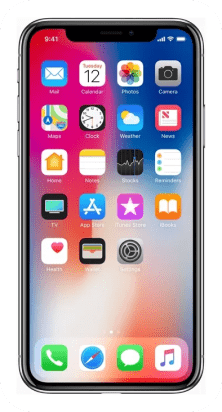
|
2017 | iPhone X | My current phone and the one that brings us into the modern era. We know everything there is to know about this device along with the introduction of the notch as an acceptable thing to do with your hardware design. Looking back on it, I commend Apple for building such a future proof phone; I've seldom felt the desire to replace it with something else. It's an extremely reliable device and has seen some of iOS’s best versions. |